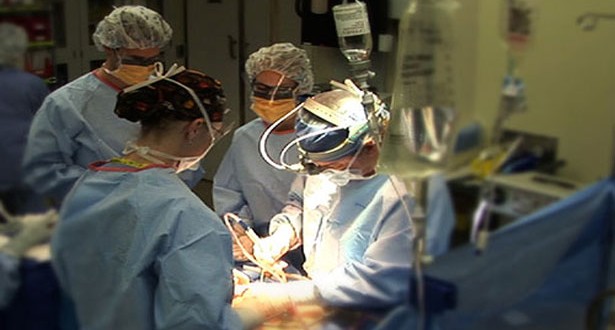Scientists say that pumping the organ with nutrients, oxygen and then cooling it to below freezing point can help preserve the organ for transplant for as long as 72 hours.
The technique developed by researchers at the Massachusetts General Hospital (MGH), Boston, can help reduce cost of organ transplant and increase chances of patients finding the perfect organ match. The current study was based on rat models.
“If we can do this with human organs, we could share organs globally, helping to alleviate the worldwide organ shortage,” he added.
The protocol combines below-freezing temperatures with the use of two protective solutions and machine perfusion of the organ.
Once the supply of oxygen and nutrients is cut off from any organ, it begins to deteriorate.
Since the 1980s, donor organs have been preserved at temperatures at or just above freezing (0Es Celsius) in a solution developed at the University of Wisconsin (UW solution), which reduces metabolism and organ deterioration tenfold for up to 12 hours.
Extending that preservation time, the authors noted, could increase both the distance a donor organ could safely be transported and the amount of time available to prepare a recipient for the operation.
Keeping an organ at below-freezing temperatures, a process called supercooling, could extend preservation time by further slowing metabolism, it also could damage the organ in several ways.
To reduce those risks, the MGH-CEM protocol involves the use of two protective solutions – polyethylene glycol (PEG), which protects cell membranes, and a glucose derivative called 3-OMG, which is taken into liver cells.
After removal from donor animals, the livers were attached to a machine perfusion system – in essence, an ‘artificial body’ that supports basic organ function – where they were first loaded with 3-OMG and then flushed with a combination of UW and PEG solutions while being cooled to 4EsC.
The organs were then submerged in UW/PEG solution and stored at -6EsC for either 72 or 96 hours, after which the temperature was gradually increased back to 4EsC.
The organs were then machine perfused with UW/PEG solution at room temperature for three hours before being transplanted into healthy rats.
All of the animals that received organs supercooled for 72 hours were healthy at the end of the three-month study follow-up period.
Agencies/Canadajournal

 Canada Journal – News of the World Articles and videos to bring you the biggest Canadian news stories from across the country every day
Canada Journal – News of the World Articles and videos to bring you the biggest Canadian news stories from across the country every day

